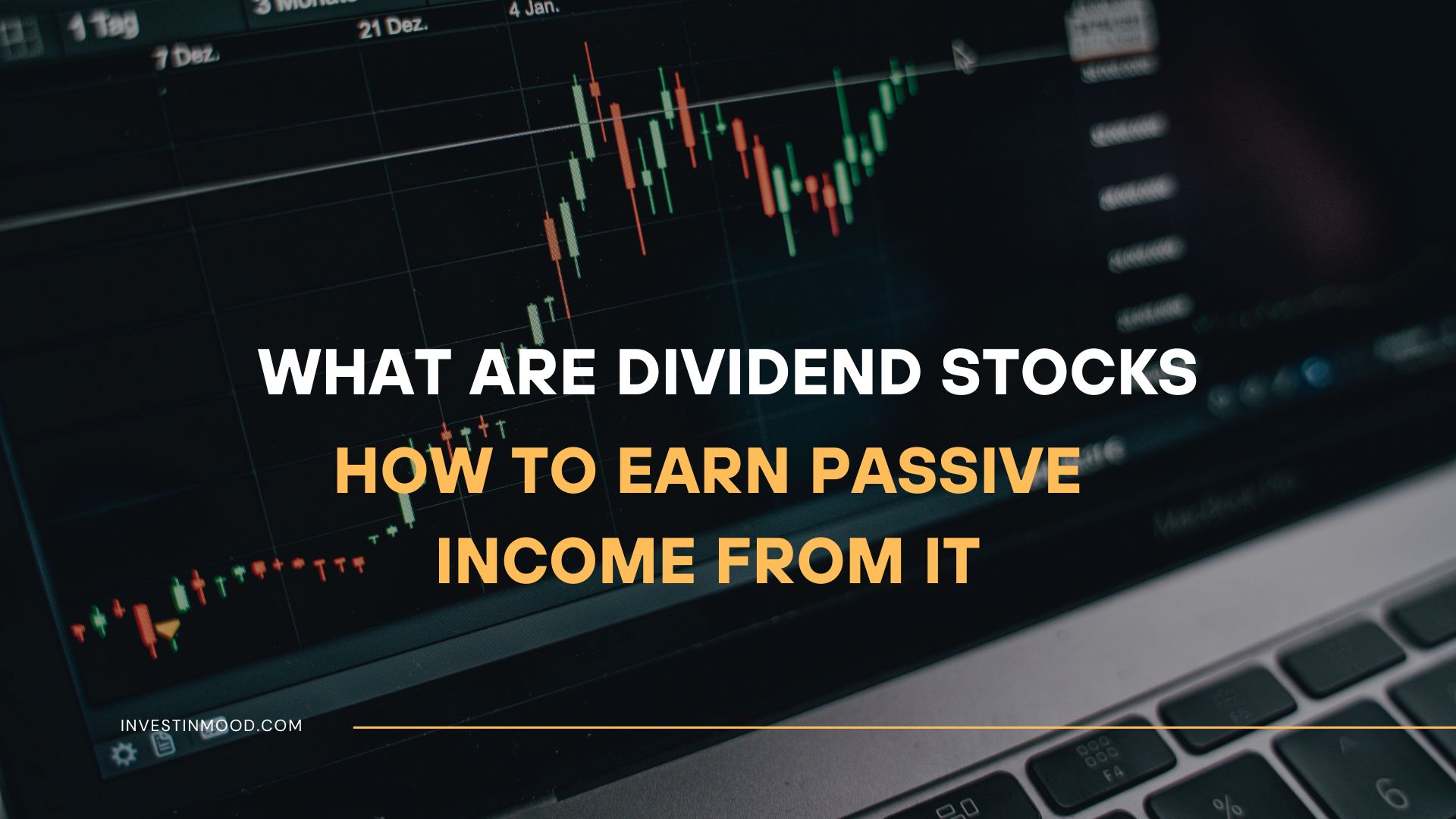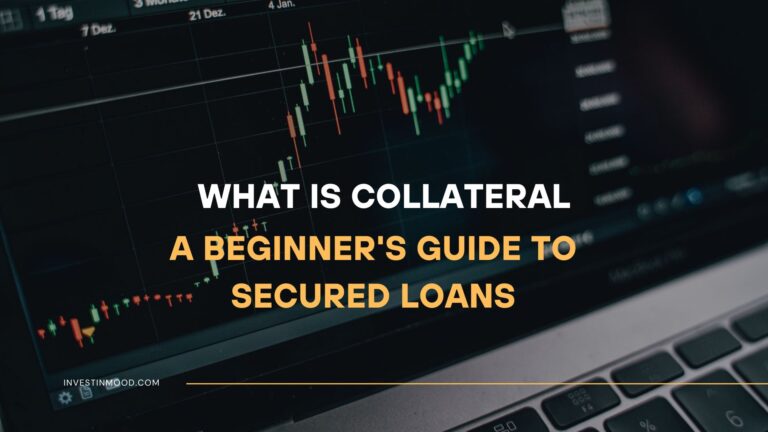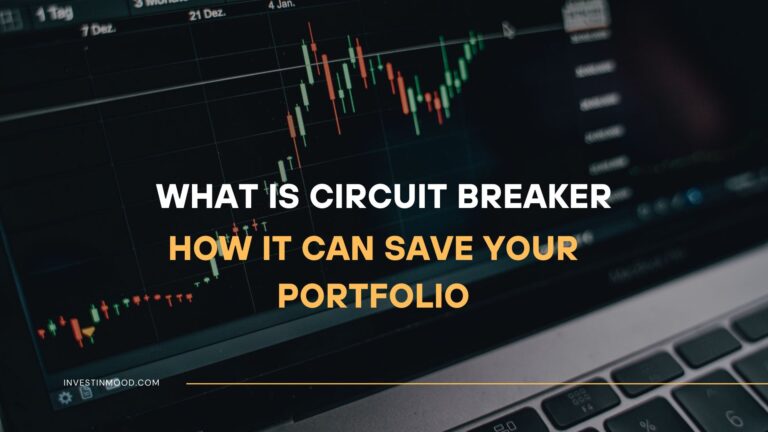
What Are Dividend Stocks, How to Earn Passive Income From It
Dividend stocks are shares of companies that distribute a portion of their profits back to shareholders on a regular basis, providing a potential stream of passive income. For investors in the US, UK, Canada, and Australia, they are a cornerstone of wealth-building strategies, offering a blend of income and long-term growth potential that can weather various market conditions.
| Aspect | Detail |
|---|---|
| Definition | A dividend stock is a share in a company that regularly pays out a portion of its earnings to its shareholders. |
| Also Known As | Income Stocks, Yield Stocks |
| Main Used In | Long-Term Investing, Income Portfolios, Retirement Planning |
| Key Takeaway | Dividend stocks can provide a dual return through regular income payments and potential capital appreciation, making them a powerful tool for compounding wealth. |
| Formula | Dividend Yield = (Annual Dividend / Share Price) * 100 |
| Related Concepts |
What Are Dividend Stocks
At its core, a dividend is a reward—a “thank you” from a company to its owners (the shareholders). When a company earns a profit, it can do two things: reinvest it back into the business to fuel future growth, or distribute a portion of it to shareholders. Companies that choose to make regular distributions are what we call dividend stocks. Think of it like owning a rental property; the rent you collect is your regular income, while the increase in the property’s value over time is your capital growth. Dividend stocks offer a similar dual benefit.
The Core Concept Explained
Dividend stocks are typically issued by well-established, mature companies that have moved beyond their high-growth phase. These companies, like those in the consumer staples, utilities, or energy sectors, generate stable and predictable cash flows. Because they don’t need to reinvest every single dollar of profit to fuel aggressive expansion, they can afford to share their success directly with investors. A high, sustainable dividend is often a sign of a company’s financial health and management’s confidence in its future earnings. Conversely, a cut or suspension of a dividend can be a red flag, indicating potential financial distress.
Key Takeaways
How to Calculate Dividend Yield
While the dividend itself is a cash amount, the key metric for comparison is the Dividend Yield. This percentage tells you how much a company pays out in dividends each year relative to its share price.
Formula:
Dividend Yield (%) = (Annual Dividend Per Share / Current Share Price) * 100
Step-by-Step Calculation Guide
Let’s break down the components:
- Annual Dividend Per Share: The total dividends paid per share over a 12-month period. If a company pays a quarterly dividend of $0.25, the annual dividend is $0.25 * 4 = $1.00.
- Current Share Price: The latest trading price of one share of the company’s stock.
Example Calculation:
Imagine Company XYZ, listed on the NYSE, is trading at $50 per share. It pays a quarterly dividend of $0.30.
- Input Values:
- Quarterly Dividend = $0.30
- Share Price = $50
- Calculation:
- Annual Dividend = $0.30 * 4 = $1.20
- Dividend Yield = ($1.20 / $50) * 100 = 2.4%
- Interpretation: A yield of 2.4% means that for every $100 you invest in Company XYZ stock, you can expect to receive $2.40 in dividend income over the next year, assuming the dividend and share price remain constant.
Why Dividend Stocks Matter to Traders and Investors
For Investors: Dividend stocks are the bedrock of income-generating portfolios, particularly for those approaching or in retirement. They offer a relatively predictable cash flow, which can be more stable than relying solely on selling shares in a volatile market. Furthermore, the power of compounding through dividend reinvestment is a massive long-term wealth builder. According to a report from Hartford Funds, dividends have contributed to over 30% of the S&P 500’s total return since 1960.
For Traders: While not typically a trader’s primary focus, dividends create predictable market events. Traders might engage in strategies around the ex-dividend date, such as “dividend capture,” which involves buying a stock just before it goes ex-dividend and selling shortly after to collect the payment. However, this strategy has specific risks and tax implications.
For Analysts: The dividend and its sustainability are key indicators of a company’s financial health. Analysts look at metrics like the payout ratio (dividends per share / earnings per share) to determine if a company can comfortably maintain its payments. A payout ratio over 100% is a major red flag.
How to Use Dividend Stocks in Your Strategy
Case 1: Building a Passive Income Stream (The “Income Investor”)
- Strategy: Focus on stocks with a history of stable or growing dividends and a moderate to high yield. Sectors like utilities (e.g., NextEra Energy) and consumer staples (e.g., Procter & Gamble) are classic examples. The goal is to build a portfolio that generates enough quarterly income to cover living expenses.
To efficiently build a diversified income portfolio, you need a broker that allows you to buy shares commission-free. Check out our review of the Best Online Brokers for Long-Term Investors to get started.
Case 2: The Dividend Growth Strategy (The “Wealth Builder”)
- Strategy: Prioritize companies with a strong history of consistently increasing their dividends annually, like the Dividend Aristocrats (S&P 500 companies with 25+ years of dividend growth). These companies often have lower yields but offer superior long-term capital appreciation and inflation-beating income growth. Examples include Johnson & Johnson and Coca-Cola.
Tracking dividend growth histories requires good research tools. Many premium screeners on platforms like Charles Schwab or Fidelity can help you find these consistent growers.
- Passive Income: Provides a regular, predictable stream of cash flow.
- Compounding Growth: Reinvesting dividends can exponentially grow your investment over time.
- Portfolio Stability: Dividend-paying companies are often less volatile than non-dividend payers.
- Inflation Hedge: Companies that regularly increase dividends can help your income keep pace with inflation.
- Tax Advantages: “Qualified dividends” in the US are taxed at the lower long-term capital gains rate.
- Tax Inefficiency: Dividends are taxed in the year they are received, which can create a drag on returns.
- Growth Sacrifice: A high dividend payout might mean the company is reinvesting less back into the business.
- Dividend Cuts: A cut or suspension can crater the stock price and shatter an income strategy.
- Interest Rate Sensitivity: Rising rates can make bonds more attractive, causing dividend stock prices to fall.
- Yield Trap: A very high yield can be a sign of a company in trouble.
How to Analyze a Dividend Stock: A Step-by-Step Checklist
Buying a stock just for its yield is a common mistake. Use this checklist to assess the quality and sustainability of any dividend stock.
Step 1: Scrutinize the Dividend Safety
- Payout Ratio: This is your first stop. Calculate Dividends Per Share / Earnings Per Share (EPS). A ratio below 75% is generally safe; above 100% is a major red flag. For more stability, look at the Cash Payout Ratio (Operating Cash Flow / Total Dividends Paid).
- Debt-to-Equity Ratio: A highly leveraged company may be forced to cut its dividend during hard times. Compare the company’s ratio to its industry average.
Step 2: Assess the Growth Potential
- Dividend Growth History: How many consecutive years has the company increased its dividend? Long streaks (5, 10, 25+ years) indicate a strong commitment to shareholders.
- Earnings Growth: A dividend can only grow if the company’s earnings are also growing. Look for a consistent upward trend in EPS.
Step 3: Understand the Business Model
- Sector & Moats: Is the company in a stable, non-cyclical industry? Does it have a durable competitive advantage (a “moat”) that protects its profits? A utility company has a more predictable income than a tech startup.
Dividend Stocks vs. Bonds: Which is Better for Income?
This is a classic investor dilemma. Here’s a breakdown to help you decide.
| Aspect | Dividend Stocks | Bonds |
|---|---|---|
| Income Type | Variable (can be cut or raised). | Fixed (coupon payment). |
| Potential for Growth | Yes, through share price appreciation. | No, principal is returned at maturity. |
| Inflation Hedge | Good (if dividends grow). | Poor (fixed payments lose purchasing power). |
| Risk Level | Higher (price volatility and dividend risk). | Lower (barring default). |
| Best For | Long-term investors needing growth and income. | Short-term goals or capital preservation. |
Conclusion: Bonds offer more predictable income, while dividend stocks offer growth potential and inflation protection at the cost of higher volatility. A balanced portfolio often holds both.
Dividend Stocks in the Real World: A Case Study
The COVID-19 Crash and the Dividend Test (2020)
The market crash induced by the COVID-19 pandemic was a stark stress test for dividend stocks. As economic activity ground to a halt, companies across sectors saw their earnings evaporate. This forced many to make a difficult choice: preserve cash to survive or continue paying shareholders.
- The Cuts: Industries like travel, hospitality, and banking were hit hardest. The UK’s FTSE 100 saw record dividend cuts, with major banks like HSACS and Barclays suspending payments entirely after a request from the Prudential Regulation Authority. In the US, Boeing, a long-time dividend payer, suspended its payout to conserve cash.
- The Survivors: In contrast, companies with resilient business models and strong balance sheets maintained or even raised their dividends. Consumer staples giant Procter & Gamble (PG), for instance, not only maintained its dividend but announced its 64th consecutive annual dividend increase in April 2020. Its diverse portfolio of essential household products provided stable demand, insulating its cash flow.
This event highlighted the critical importance of analyzing a company’s payout ratio and sector resilience before investing for dividends. It separated the truly robust “Dividend Aristocrats” from the more fragile payers.
Conclusion
Ultimately, incorporating dividend stocks into your portfolio is a time-tested strategy for generating income, reducing volatility, and harnessing the unparalleled power of compounding. As we’ve seen, they are not without risks—dividend cuts, interest rate sensitivity, and yield traps require diligent research. A successful dividend investor looks beyond the yield, focusing on a company’s payout sustainability, growth history, and overall financial health. By building a diversified portfolio of quality dividend payers, you can create a powerful engine for long-term wealth creation.
Ready to start your journey as a dividend investor? The foundation of any great strategy is a reliable brokerage account. We’ve done the research for you. Explore our curated list of the Best Brokerage Accounts for Dividend Reinvestment (DRIPs) to find a platform that fits your needs.
How Dividend Stocks Relate to Other Concepts
| Feature | High Dividend Yield | Dividend Growth |
|---|---|---|
| Primary Goal | Maximize current income. | Maximize long-term total return (income + growth). |
| Typical Investor | Retiree needing cash flow. | Accumulator building future wealth. |
| Company Profile | Mature, slow-growth (e.g., Utilities). | High-quality, financially strong with rising profits. |
| Risk Profile | Higher risk of value traps and dividend cuts. | Generally lower risk, focused on blue-chip stability. |
| Example | AT&T (T) | Microsoft (MSFT) |
Related Terms
- Dividend Aristocrats: S&P 500 companies with a history of increasing dividends for at least 25 consecutive years. A benchmark for dividend growth investors.
- Payout Ratio: A key financial metric (Dividends per Share / Earnings per Share) used to assess the sustainability of a dividend.
- DRIP (Dividend Reinvestment Plan): A program that automatically uses dividend payments to purchase more shares of the underlying stock, accelerating compounding.
- Total Return: The actual rate of return of an investment, including both capital appreciation and dividend income. This is the most comprehensive measure of performance.
Frequently Asked Questions
Recommended Resources
- How to Screen for the Best Dividend Stocks Like a Pro
- Dividend Aristocrats 2025: The Ultimate List and Analysis
- SEC.gov EDGAR Database: For accessing company annual reports (10-K) to research financial health and dividend history.
- The CFA Institute: Provides authoritative research and insights on equity investing and financial analysis.





